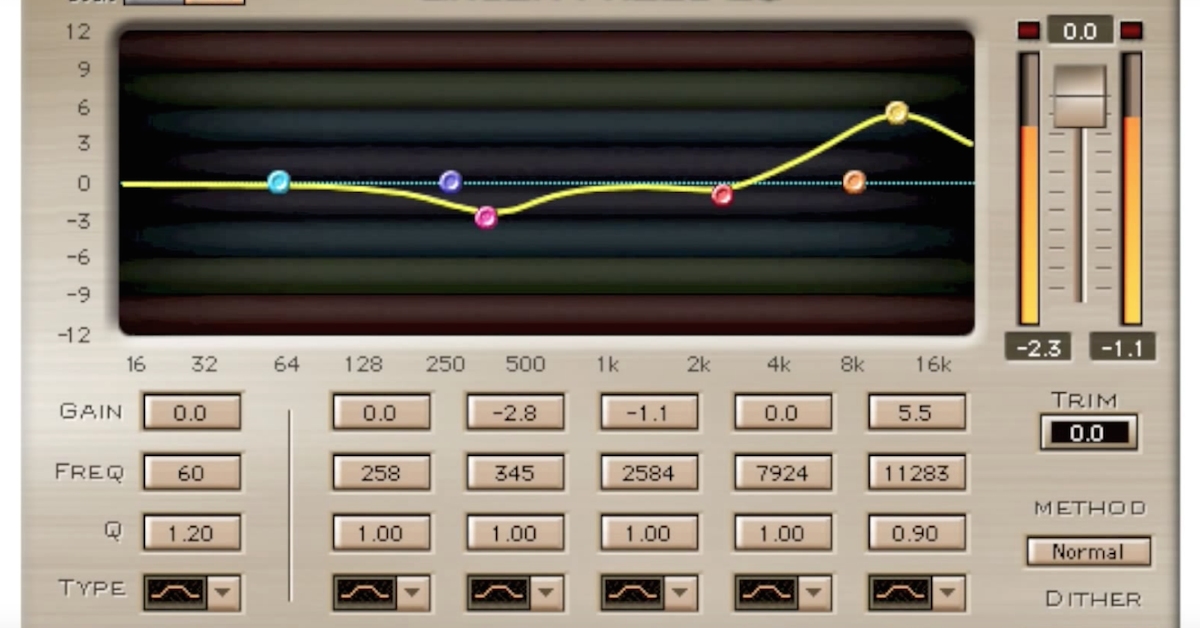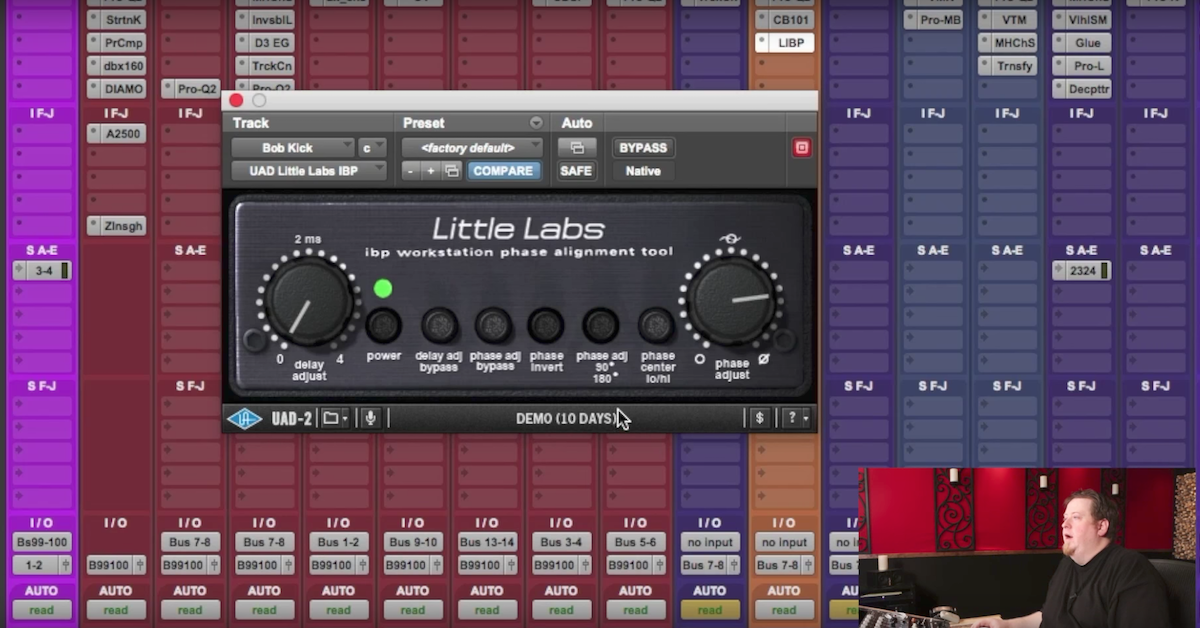How to Find Polarity Problems Ruining Your Sound System
Article Content
I have a friend who manages to find a polarity inversion in half of the shows he works on. Either he’s lucky, or you’re not looking hard enough.
Sometimes he finds them ahead of time by using the process I am about to explain to you, but sometimes he doesn’t find them until the whole array is up in the air, and then it’s a pain in the ass to fix up on a ladder or a lift.
Here’s the good news: it’s easy to check for ahead of time, and I’m going to show you how. But first…
What is polarity?
If you want to make sound, you need to make your speaker move back and forth, creating positive and negative air pressure. We do this with AC voltage, which swings back and forth between positive and negative.
For things to go well, we need that orientation of positive and negative to match from input to output, across our entire system. If they don’t, you’ll get anything from lower sound level in the room, to strange frequency responses, to complete cancellation.
And just so we’re on the same page, here are a couple of hot tips:
- There’s no such thing as a phase reversal. It’s important to remember that polarity is frequency independent and has no time offset. A polarity inversion does create a special case of phase shift, however, where all frequencies are changed by 180º. If we are verifying polarity, all we need is a polarity inversion switch or cable. If you ever hear someone say that they have discovered a phase reversal, they are basically saying that they have discovered a time machine.
- Your RTA is not going to help you. An RTA does not understand phase, and therefore, will interpret a polarity mismatch as simply a drop in level, which you will then try to fix with an increase in level.
Now that we’ve got that out of the way, on with the show. If you are like many hardworking live sound engineers, you are constantly faced with unknown systems. It is the unknown and unverified that will reduce your confidence and lead to the worst surprises. Don’t be taken by surprise.
Follow these steps to find polarity inversions in your system:
- Change the delay locator in your audio analyzer to automatically update continuously. In SATlive it’s called Auto Adjust Delay and you can find it in the pop-up menu of the delay display in the lower menu bar. In Smaart it’s called delay tracking and you can start it by hitting the d key. This will allow you to move quickly from speaker to speaker.
- Take a solo measurement of each speaker and/or driver in the near field.
- Verify that everyone’s polarity matches by comparing their phase measurements. Most of them should lay right on top of each other within a few degrees. It will be obvious when you find a polarity inversion, because it will have a matching slope but be 180º away from its siblings.
- Turn off auto delay tracking when measuring the subs. Set your delay locator by adding the processing delay of your mix console and speaker processor to the time of flight from speaker to microphone.

What do I do if I find a polarity inversion?
Track down the cause. Here are some possibilities:
- Miswired XLR cable. You can check this quickly by swapping out the cable.
- Miswired external speaker cable. Sometimes this will be obvious, like swapping red and black banana plugs, but sometimes you won’t be able to tell until you open up the speaker cable connector housing. Again, the quick test here is to swap the cable.
- Miswired internal speaker cable. I know, scary, right? Remember the friend I mentioned earlier? He once discovered a VRX932 with a miswired LF driver. And here’s the kicker, he had used it the month before and it was totally fine. So what happened? The owner sent the VRX932 to be re-coned, where it was also miswired. If you find yourself in this position, your choices are replace the box or open it up and fix it.
Further questions?
Click here to download my ebook, 105 Questions about Sound System Tuning, free for the next week. It’s everything you wanted to know about live sound system setup, but were afraid to ask.
Trivia
Polarity has a storied history in professional audio. The foremost concerns JBL founder James B. Lansing, who in 1946 chose to reverse the polarity of his speakers to ensure incompatibility with those of his former employer Altec Lansing. The polarity war lasted over forty years. We all lost. -Bob McCarthy.
McCarthy, B. (2007). Sound systems: design and optimization: modern techniques and tools for sound system design and alignment. Oxford: Elsevier/Focal Press.





